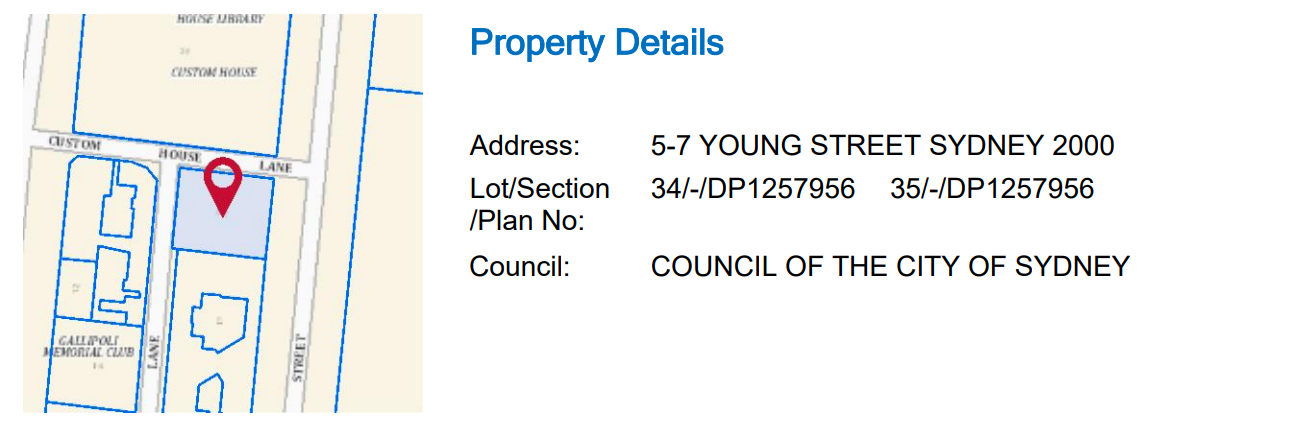
Useful Websites for Australian Properties, Parcels and Addresses
Researching whether a property exists or verifying property data can be challenging, often resulting in conflicting answers.
Depending on your definition of a property, it may be necessary to visit various websites to validate property data.
Here we’ve rounded up the top websites handy for verifying property data in each Australian state.
Save time by bookmarking this resource and avoid the hassle of constantly searching online.
Australian Capital Territory (ACT)
Access Canberra
Website: https://actlis.act.gov.au/titleSearch
Available searches: title search, parcel search, address search.
Available information: parcel, title, address, title status
New South Wales (NSW)
NSW LRS Online
Website: https://online.nswlrs.com.au/wps/portal/six/find-records/
Available searches: title search, parcel search, address search.
Available information: parcel, title, address, parcel boundary
ePlanning Spatial Viewer
Website: https://www.planningportal.nsw.gov.au/spatialviewer/#/find-a-property/address
Available searches: parcel search, address search.
Available information: parcel, address, parcel boundary, planning rules, council/county/jurisdiction
Northern Territory (NT)
Northern Territory Title Search
Website: https://www.ntlis.nt.gov.au/title-search/
Available searches: title search, parcel search, address search.
Available information: parcel, title, address, title status
Queensland (QLD)
Queensland Globe
Website: https://qldglobe.information.qld.gov.au/
Available searches: parcel search, address search, spatial search
Available information: parcel, parcel boundary, title, address, title status, tenure
South Australia (SA)
Sailis Land Services SA
Property Research Report (Residential)
Website: https://sailis.lssa.com.au/products/valuationSearch/prr/propertyResearchReportResidential?form
Available searches: address, title, parcel, valuation
Available information: parcel, title, address, valuation status
Tasmania (TAS)
Land Information System Tasmania
Website: https://maps.thelist.tas.gov.au/listmap/app/list/map
Available searches: address, property id, title, volume folio
Available information: parcel, parcel boundary, parcel identifier, address, property
Victoria (VIC)
Landata
Website:
https://www.landata.vic.gov.au/
Available searches: address, property id, standard parcel identifier, volume folio
Available information: address, property , volume folio, standard parcel identifier
Western Australia (WA)
Landgate – Western Australia’s land information authority
Website: https://www0.landgate.wa.gov.au/
Available searches: address search, lot plan, volume folio
Available information: address, volume folio, standard parcel identifier
Originally published: 24 April 2023
Last updated: 17 March 2025





